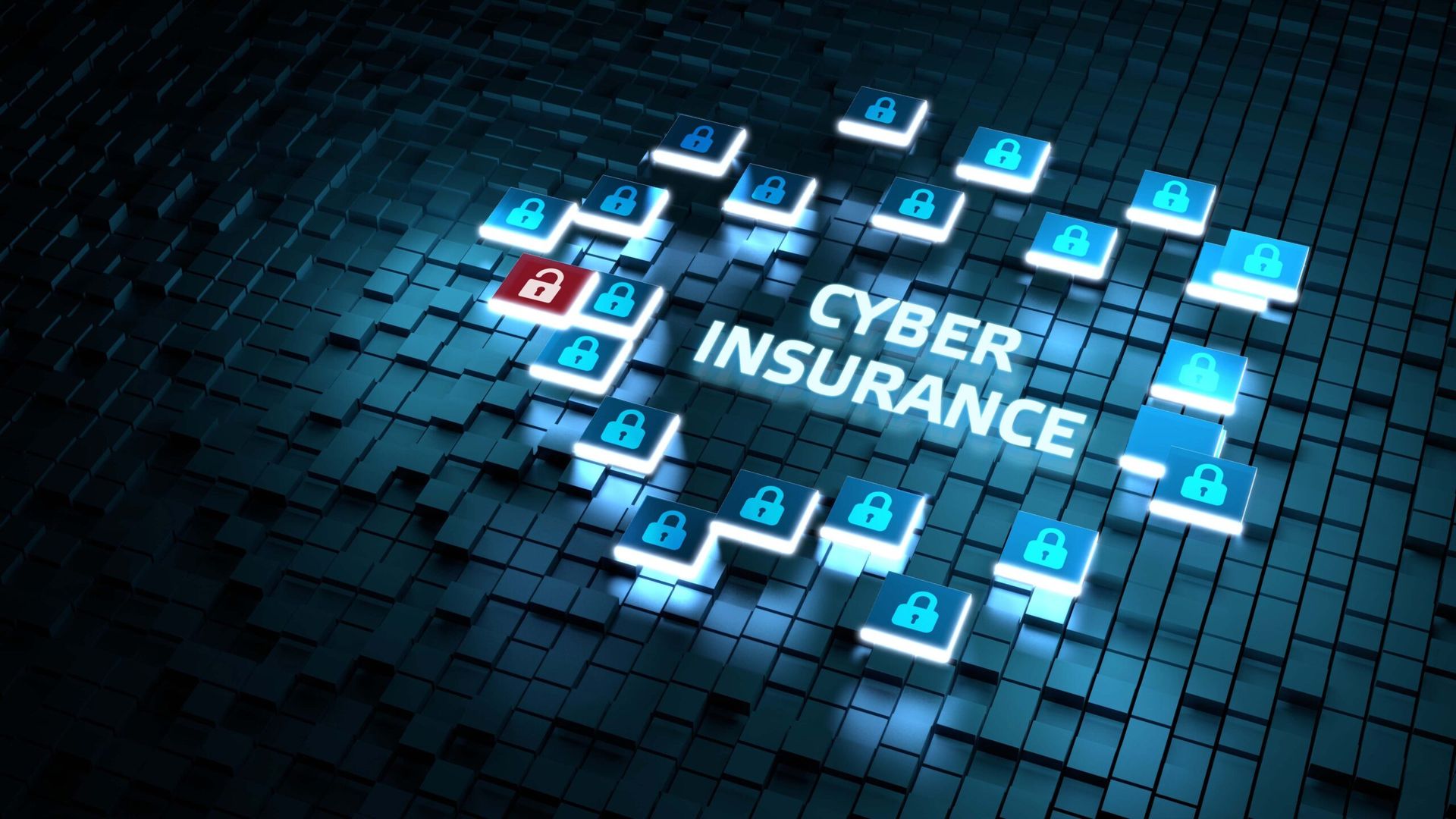COMMENTARY: Modern healthcare organizations have become intimately connected to electronic health records (EHR)s, medical devices, cloud-based services and a host of remote and home-based technologies.
While these advancements enhance patient care and operational efficiency, they also open healthcare providers to significantly increased levels of cyberattacks. Ransomware, data breaches, and other cyber threats have exposed vulnerabilities in the sector’s cybersecurity practices.

In the absence of robust preventative measures, many organizations now focus on improving downtime procedures and other business continuity strategies to mitigate the impact of these attacks.
The growing threat landscape
Healthcare organizations face a unique set of cybersecurity challenges. These attacks often cripple systems, leading to service interruptions, delayed patient care, revenue loss, and potential risks to patient safety.
[SC Media Perspectives columns are written by a trusted community of SC Media cybersecurity subject matter experts. Read more Perspectives here.]
Inadequate cybersecurity practices, such as unpatched software, insufficient employee training, and lack of multi-factor authentication (MFA), exacerbate these risks. Smaller healthcare providers are particularly vulnerable, as they may lack the resources to invest in comprehensive cybersecurity programs. Recognizing these gaps, we see organizations shifting their focus to building robust downtime procedures and business continuity plans as a critical line of defense. They have decided that they can afford higher levels of cybersecurity so they are preparing themselves for the eventuality of a successful attack.
The role of downtime procedures in cyber
Downtime procedures are structured protocols that let healthcare organizations maintain essential operations during IT asset outages. These procedures are relevant during cyberattacks, and also during other disruptions, such as natural disasters or hardware failures. In the context of cybersecurity, effective downtime procedures can:
The elements of improved downtime procedures
Healthcare organizations are integrating the following elements into their downtime protocols:
Measures beyond downtime
While downtime procedures are crucial, they are part of a broader full recovery framework. Healthcare organizations are also implementing additional strategies to bolster their resilience against cyberattacks:
The need for proactive cyber investments
Although improved downtime, business continuity and DR measures are vital, they are ultimately reactive solutions. To address the root cause of the problem, healthcare organizations must prioritize proactive cybersecurity investments. These include:
The rising frequency and severity of cyberattacks underscore the importance of robust downtime procedures and business continuity measures in healthcare.
While these strategies help organizations navigate disruptions and protect patient safety, they are not a substitute for comprehensive cybersecurity practices. By balancing reactive and proactive measures, healthcare providers can build resilience against cyber threats, ensuring that they can continue delivering high-quality care even in the face of adversity. A secure and prepared healthcare system benefits everyone—from patients and providers to the broader community.
Finally, many of these downtime procedures and business continuity and DR programs can apply to many other business sectors. While healthcare remains a major target for cybercriminals, so are the financial, energy, manufacturing, and retail sectors.
Toby Gouker, chief security officer, First Health Advisory
SC Media Perspectives columns are written by a trusted community of SC Media cybersecurity subject matter experts. Each contribution has a goal of bringing a unique voice to important cybersecurity topics. Content strives to be of the highest quality, objective and non-commercial.




